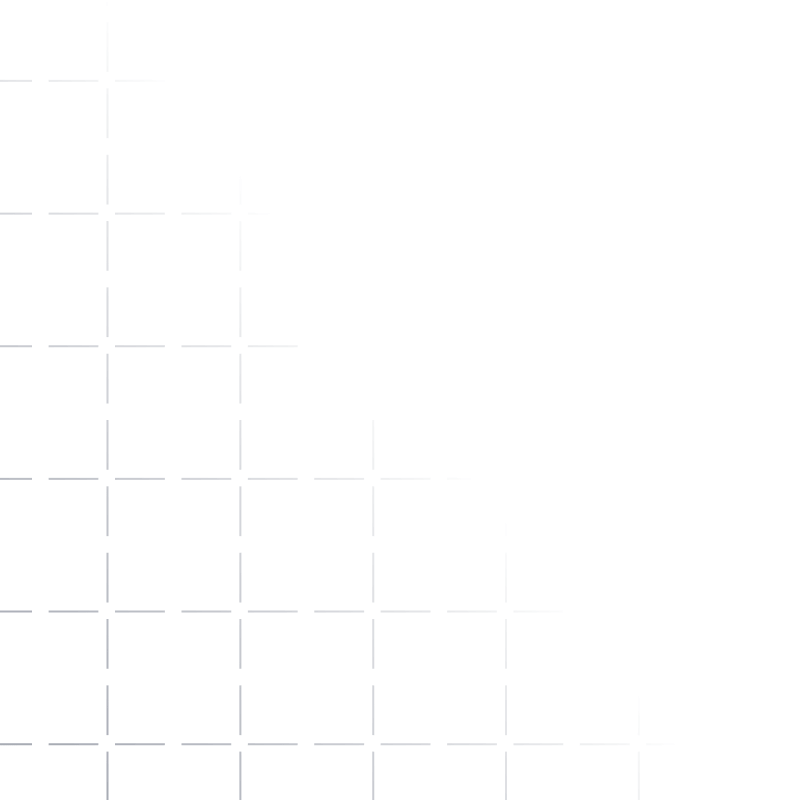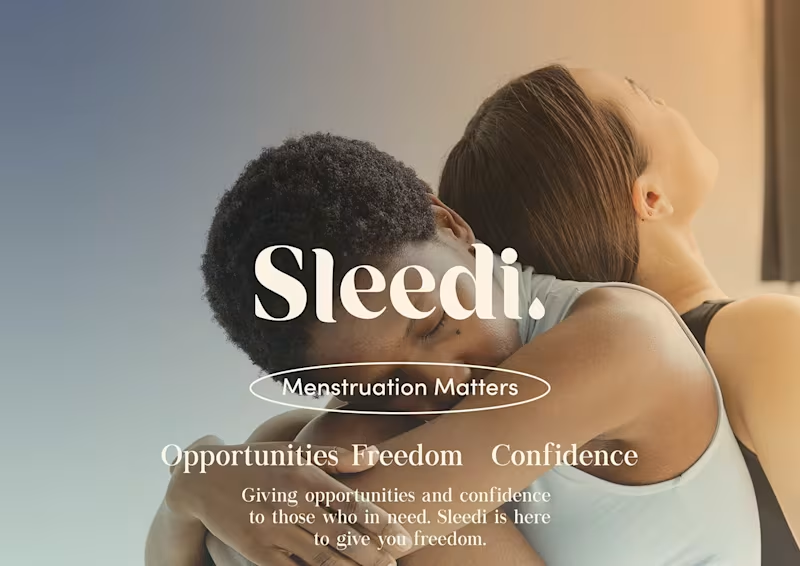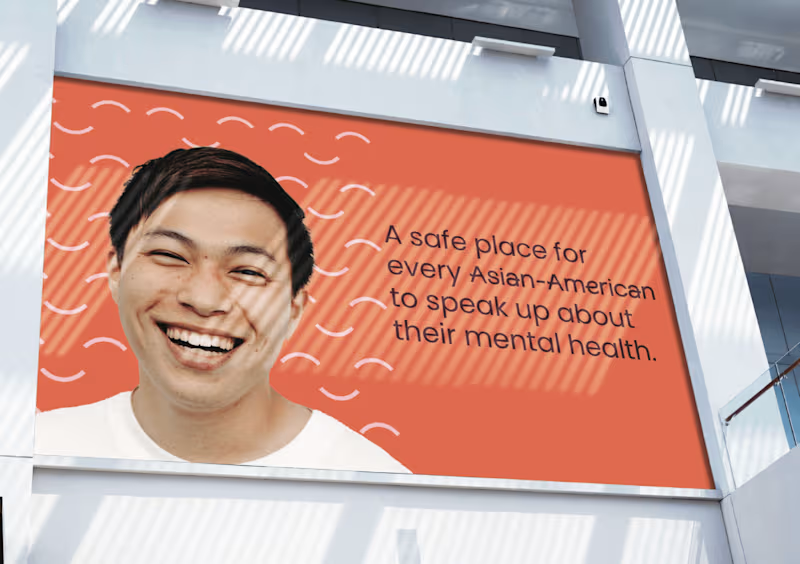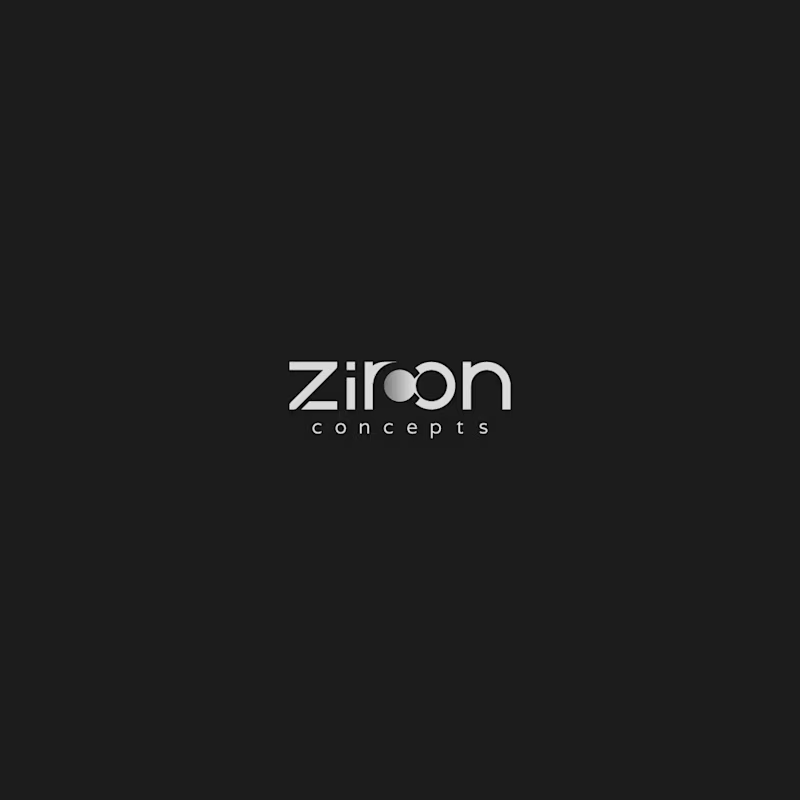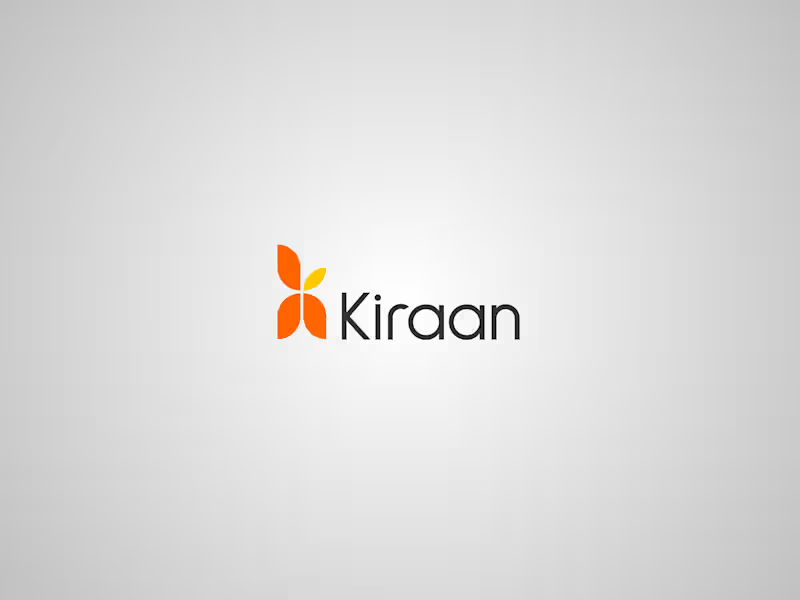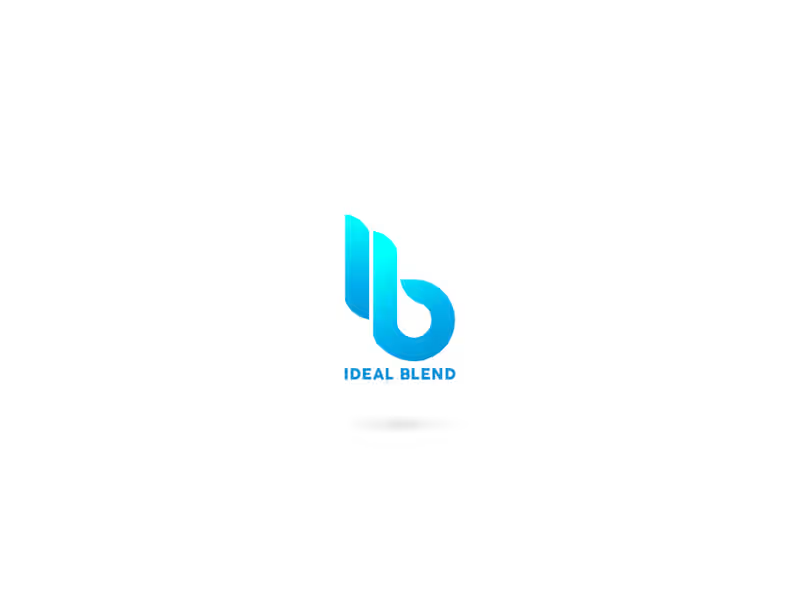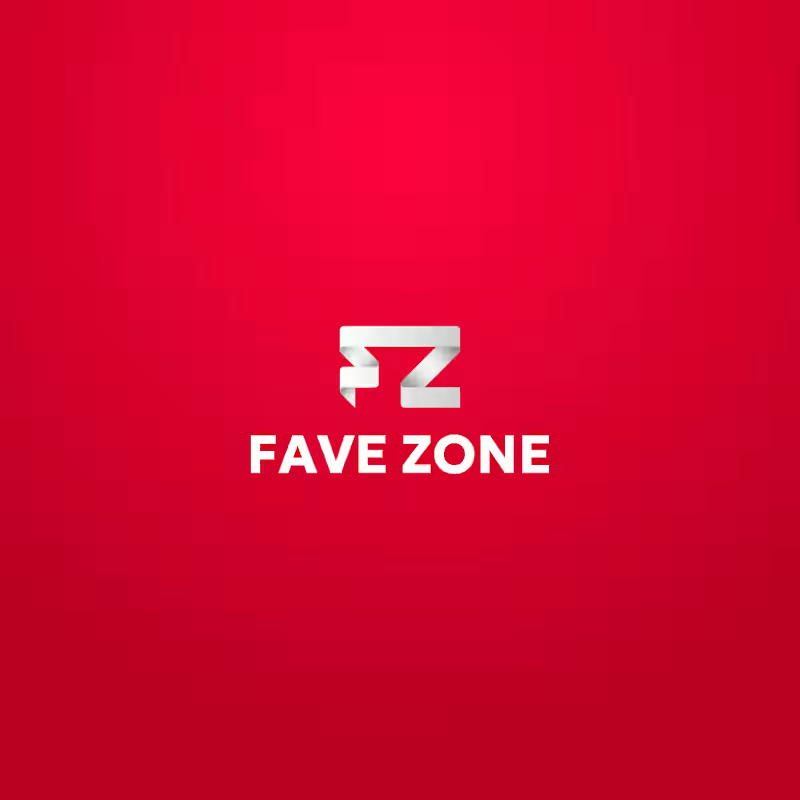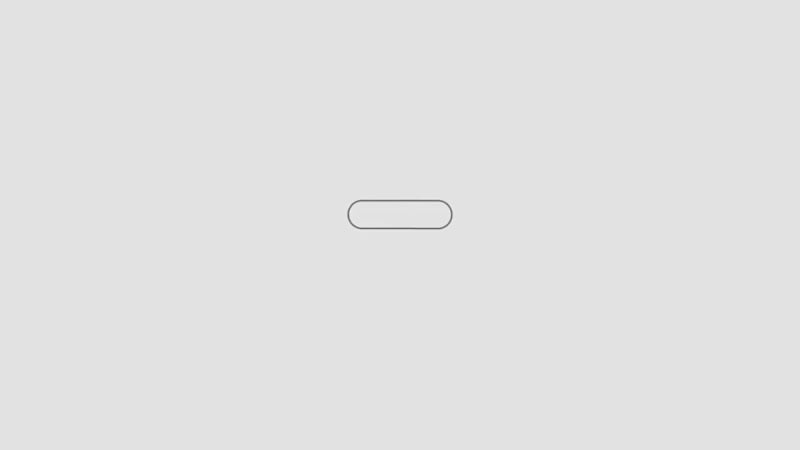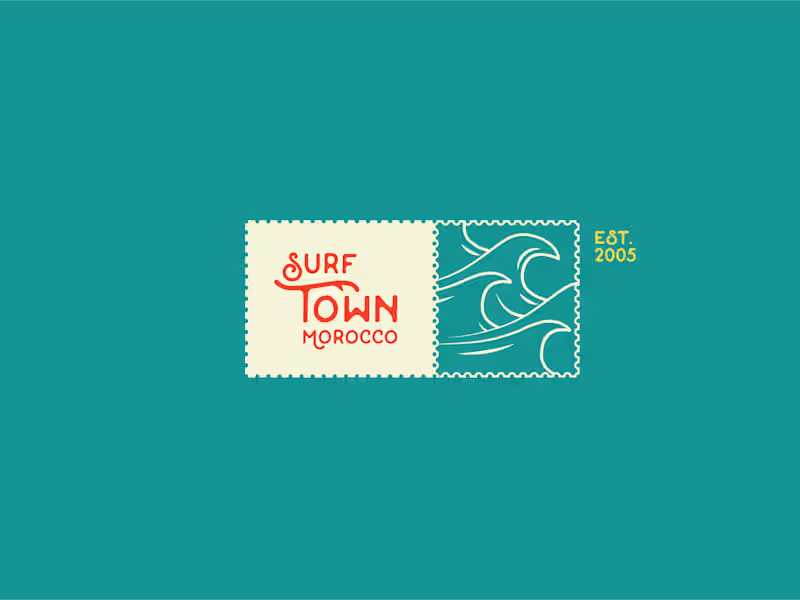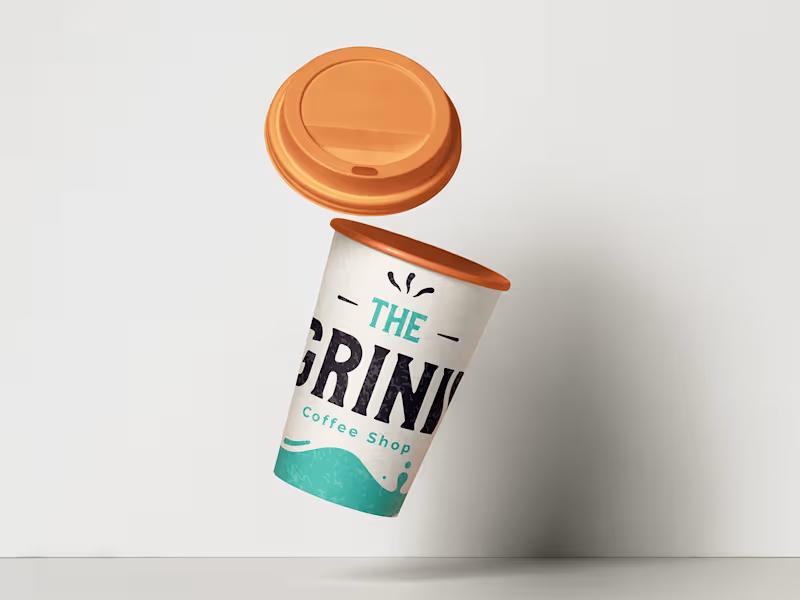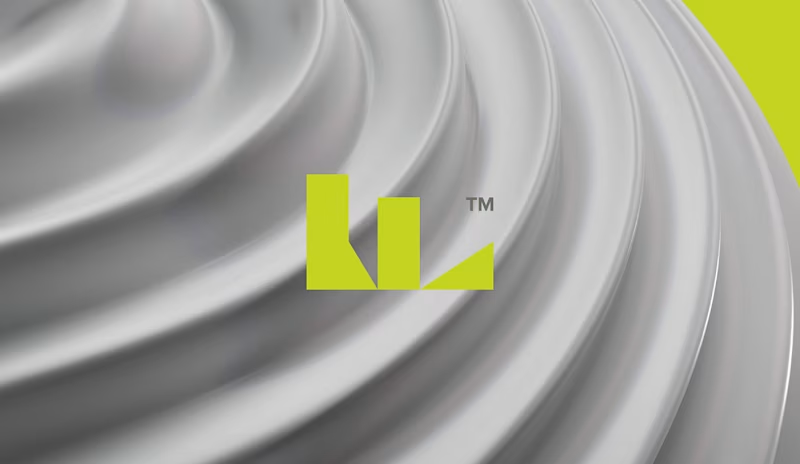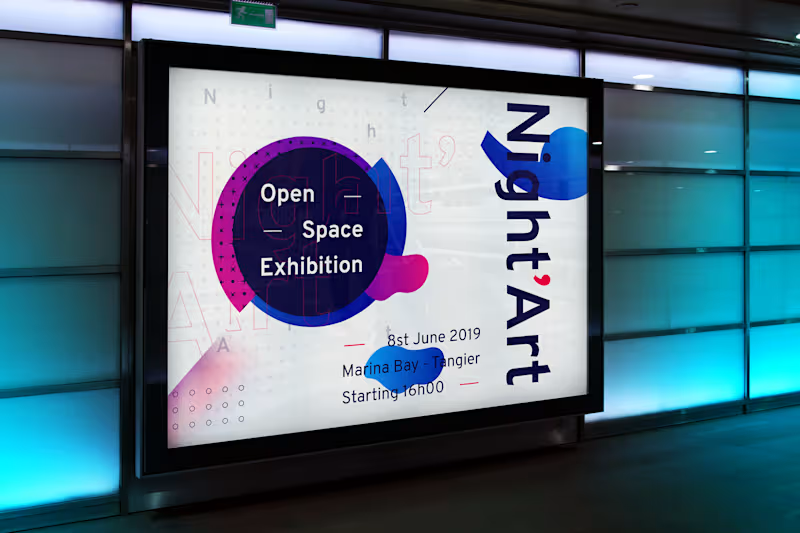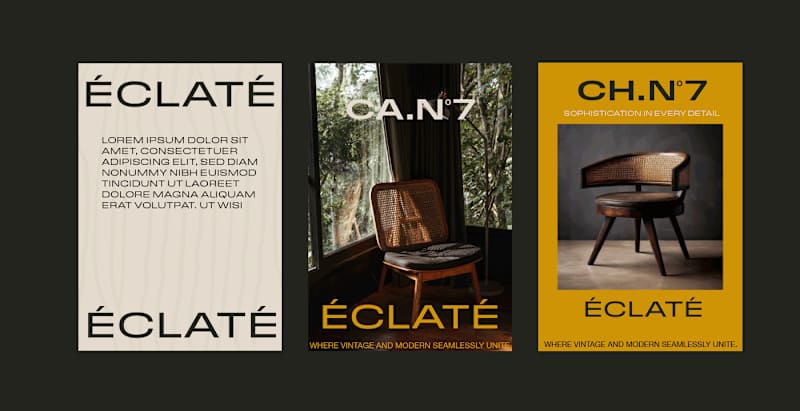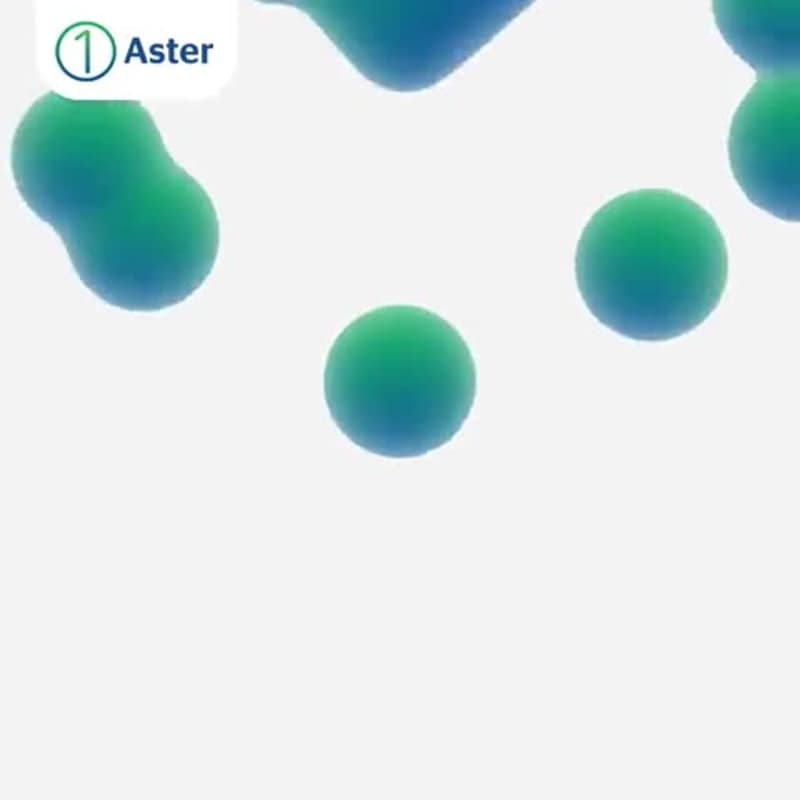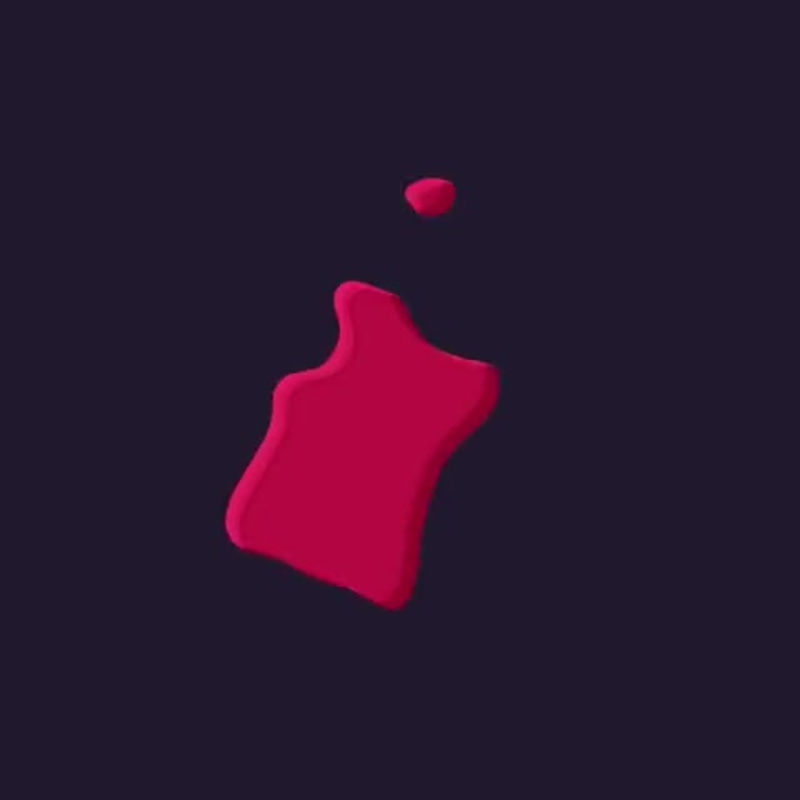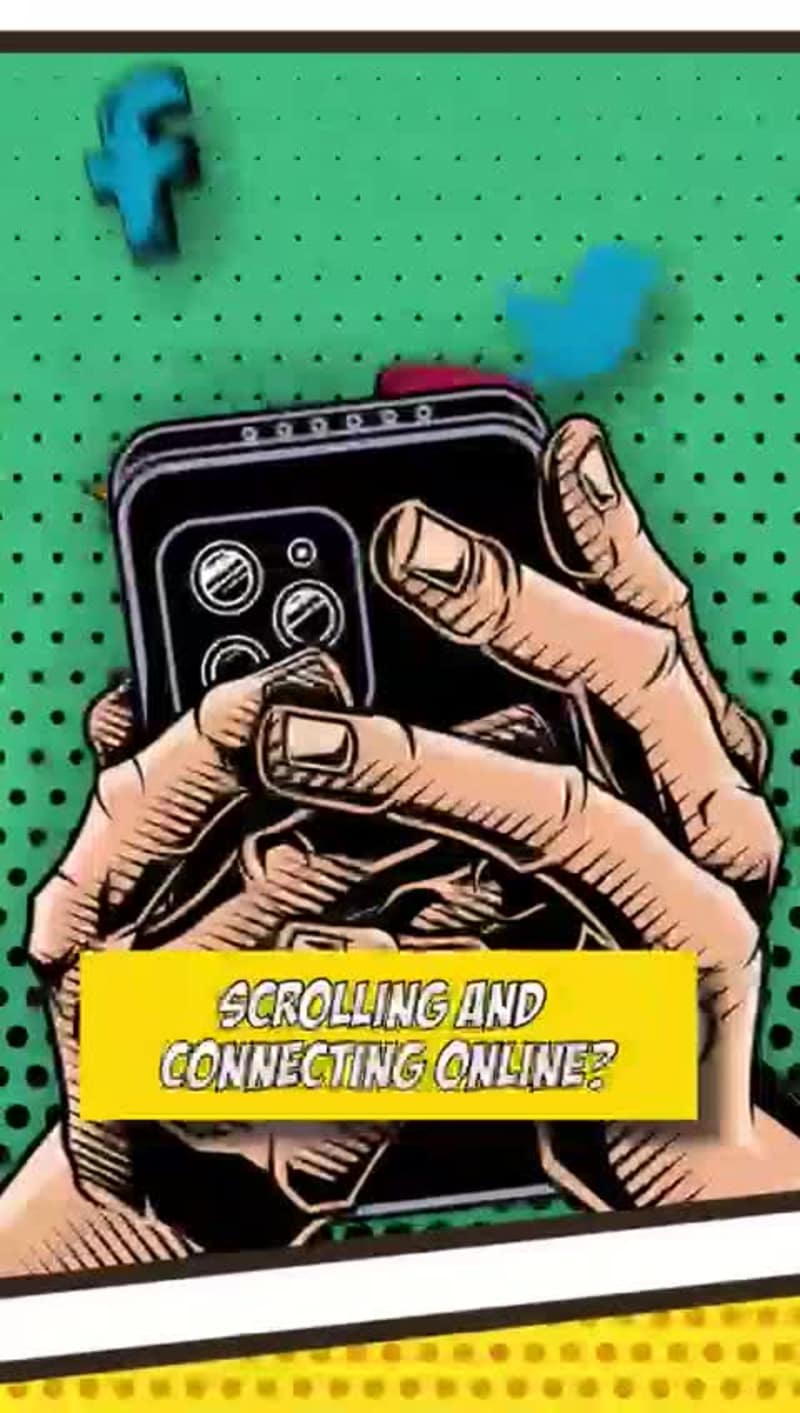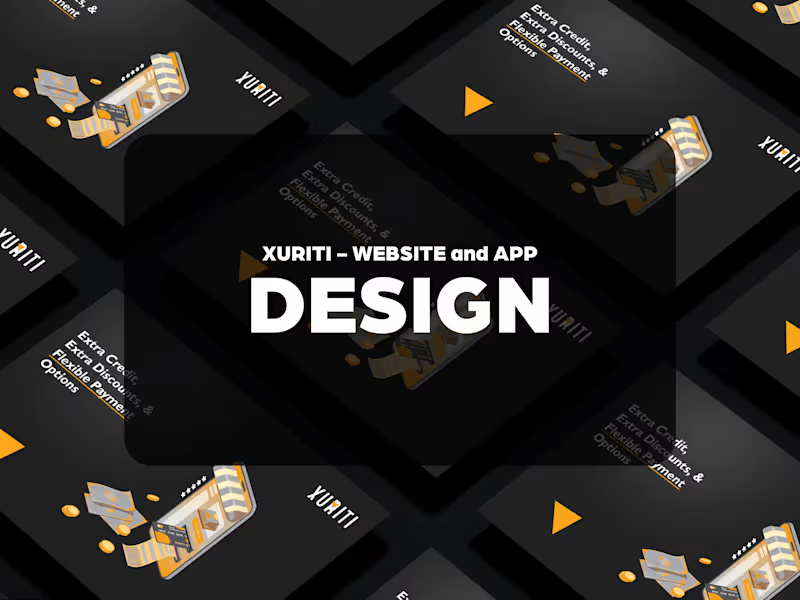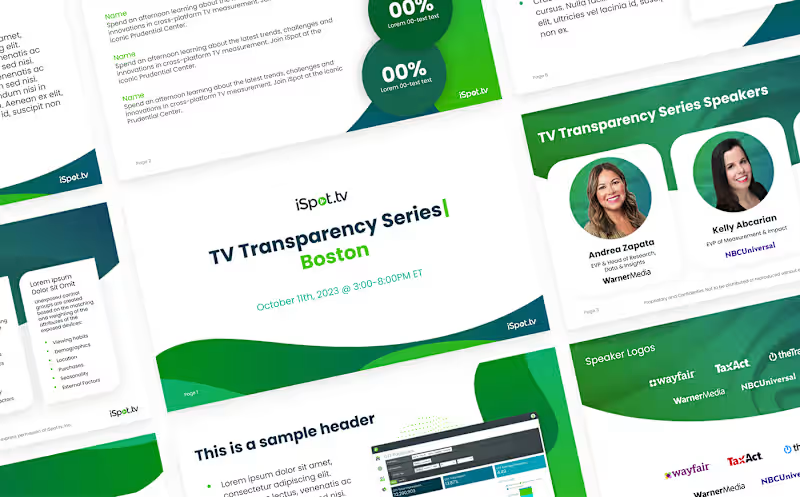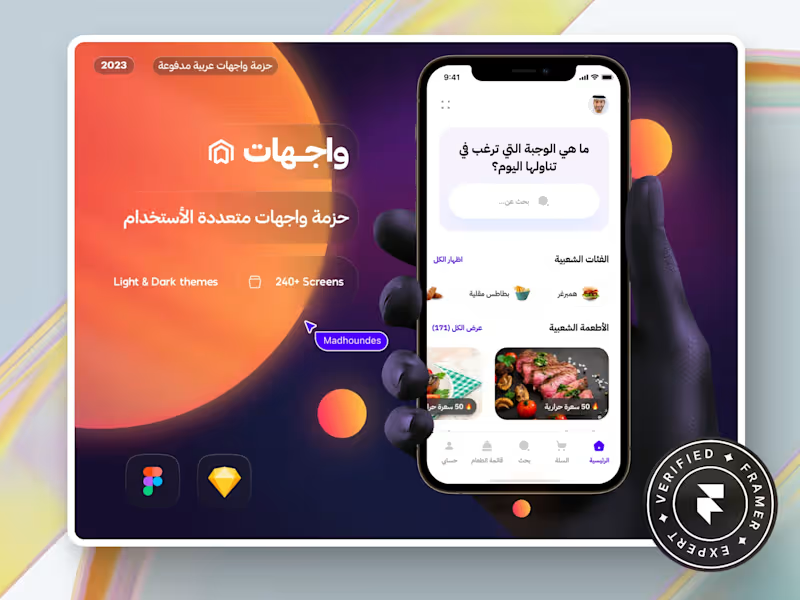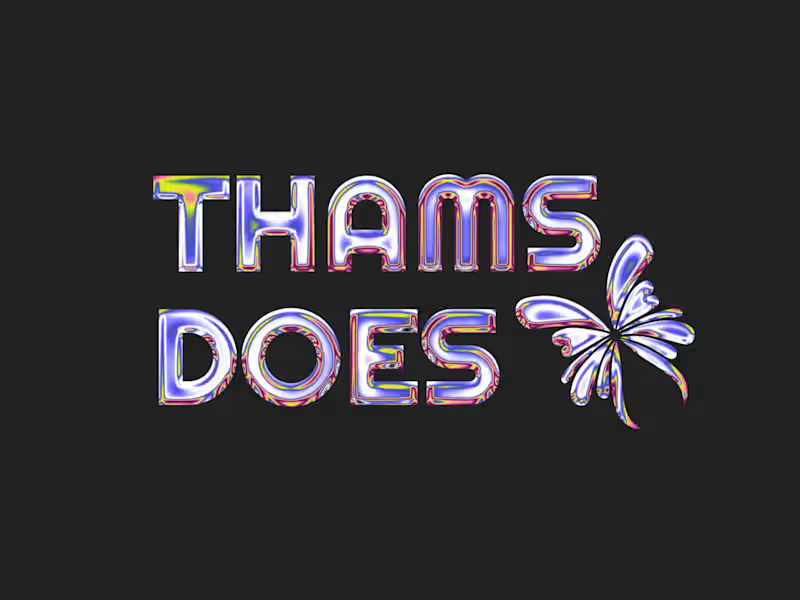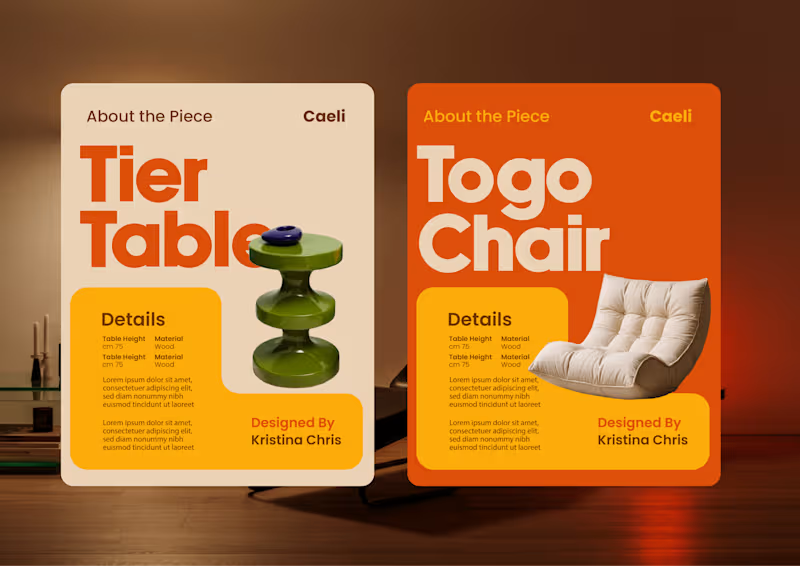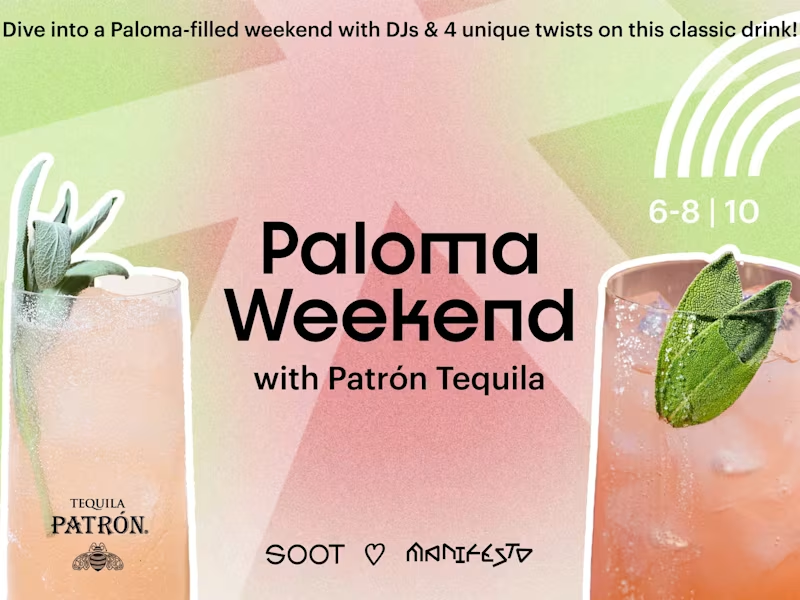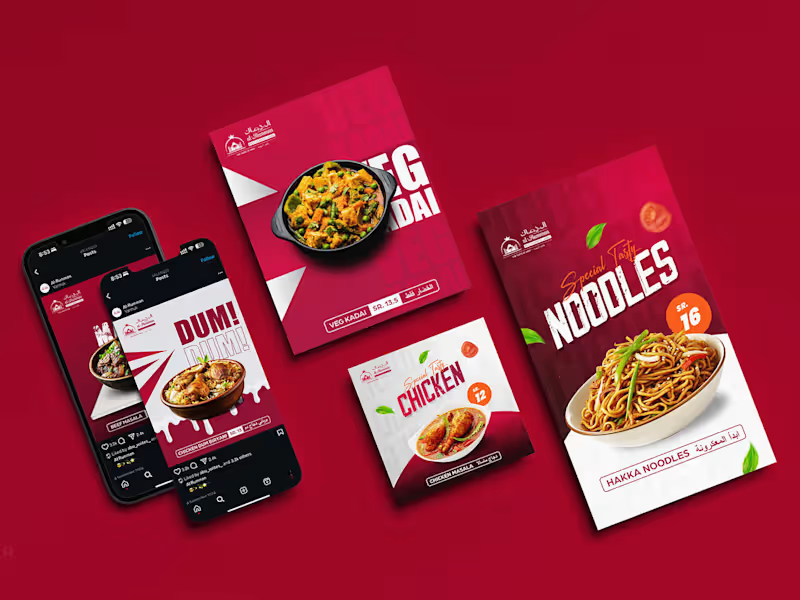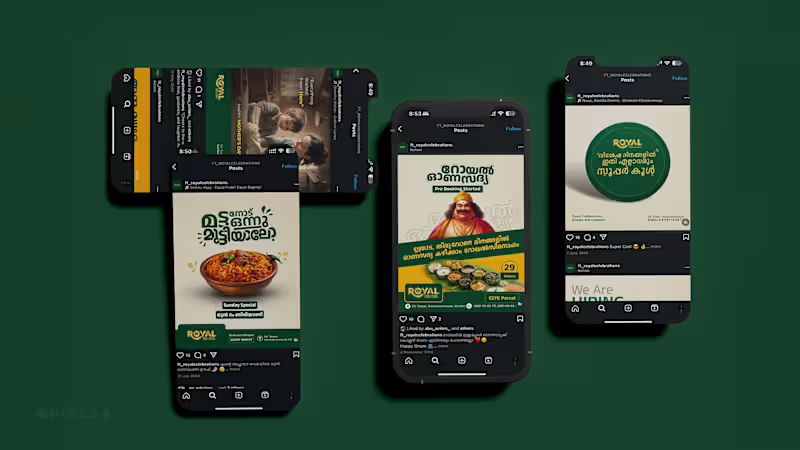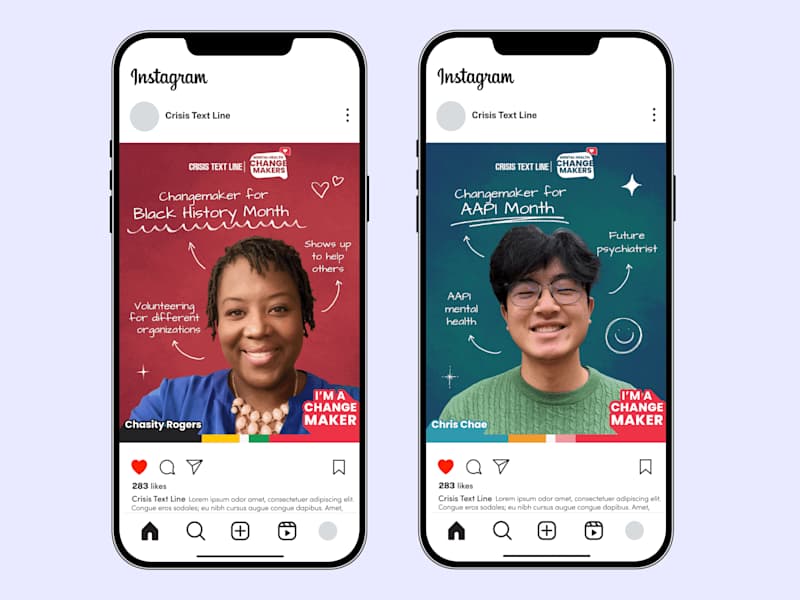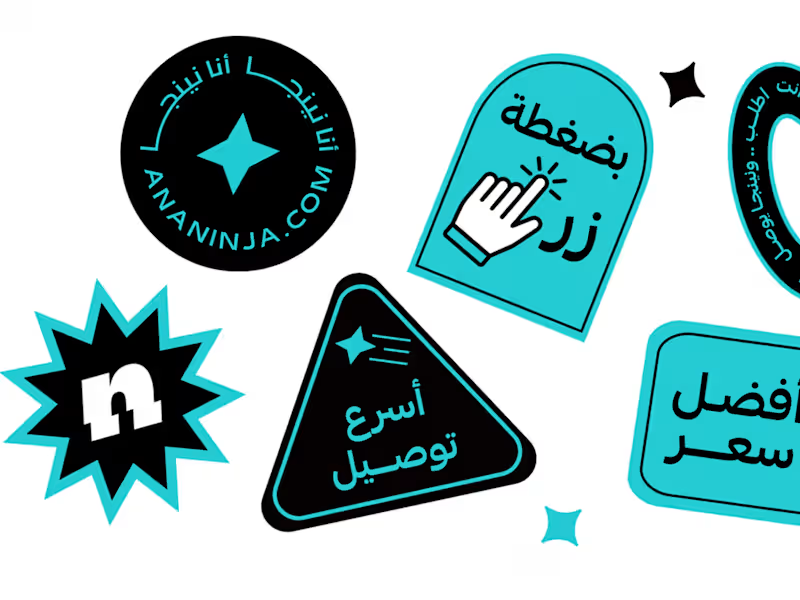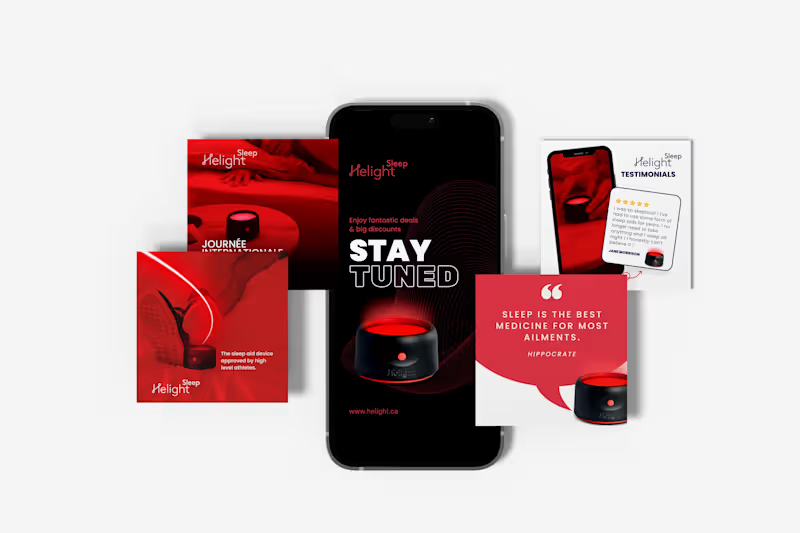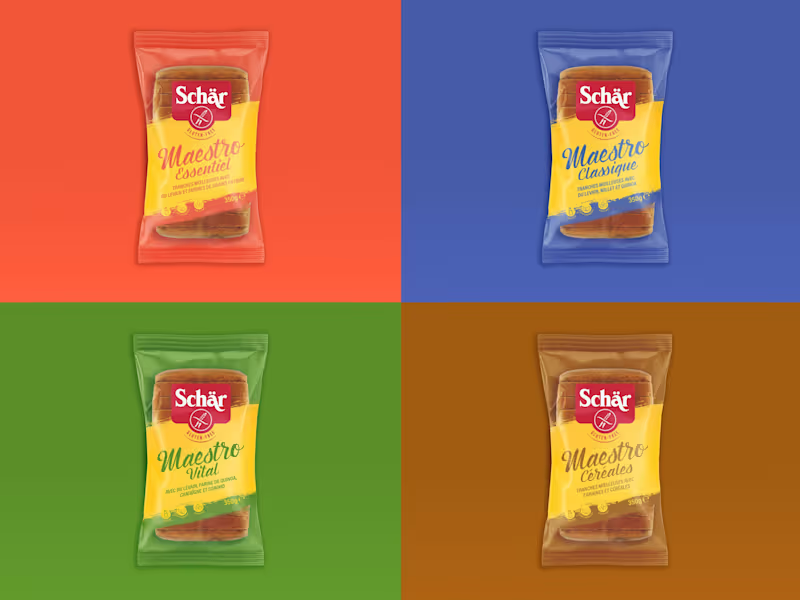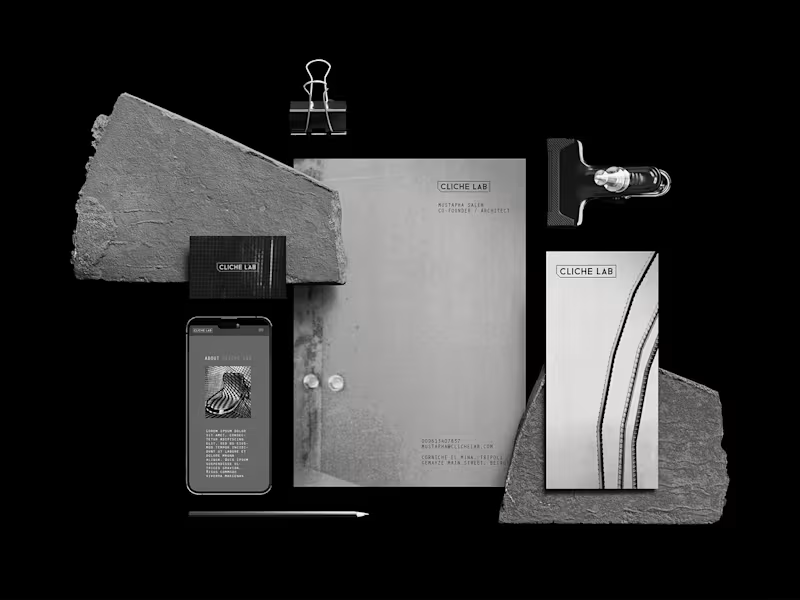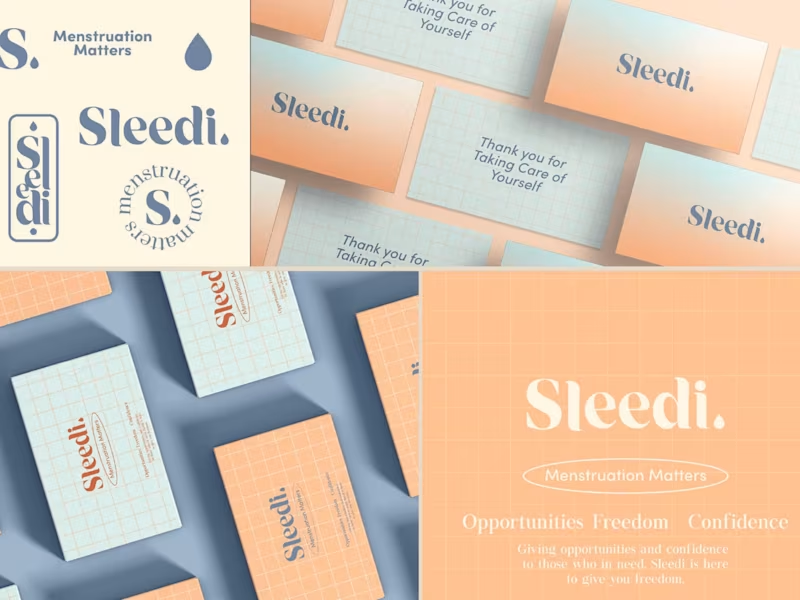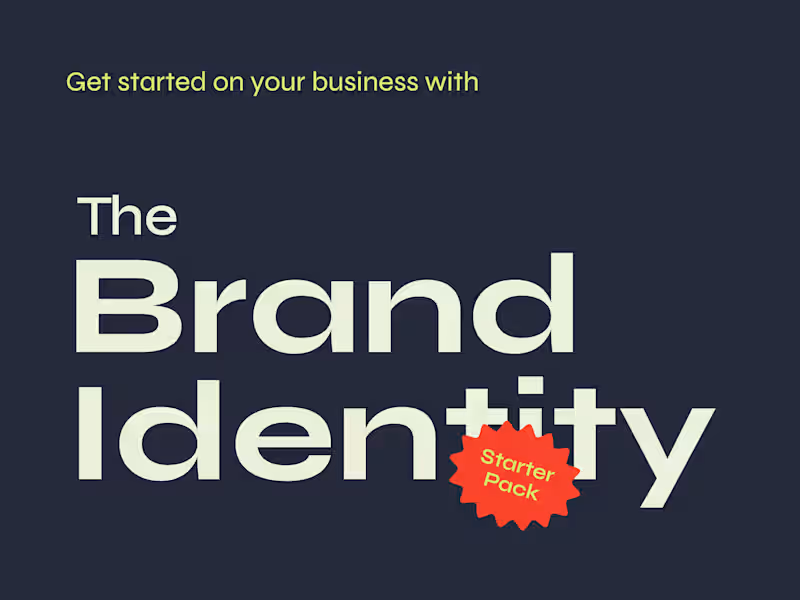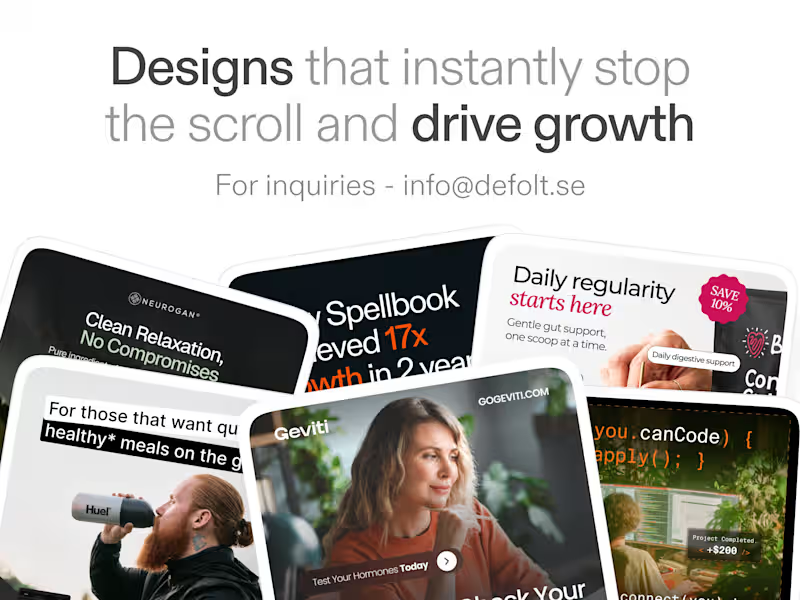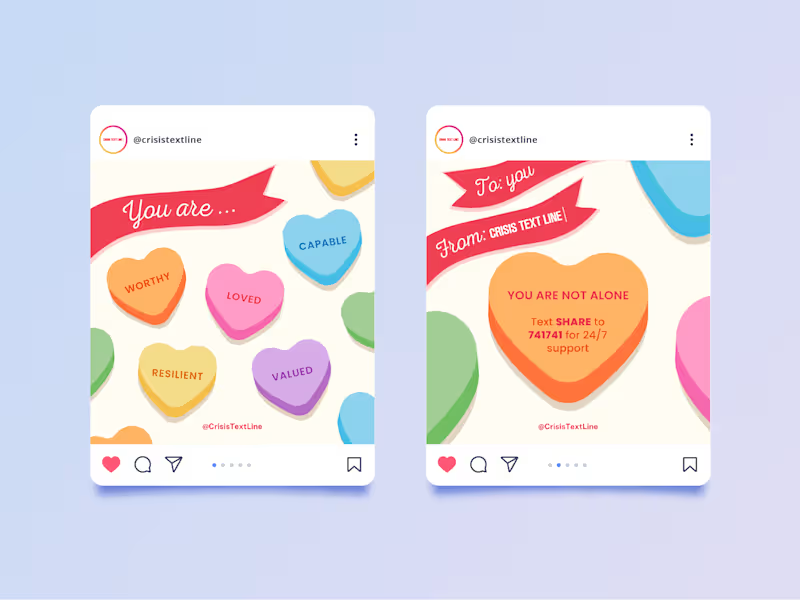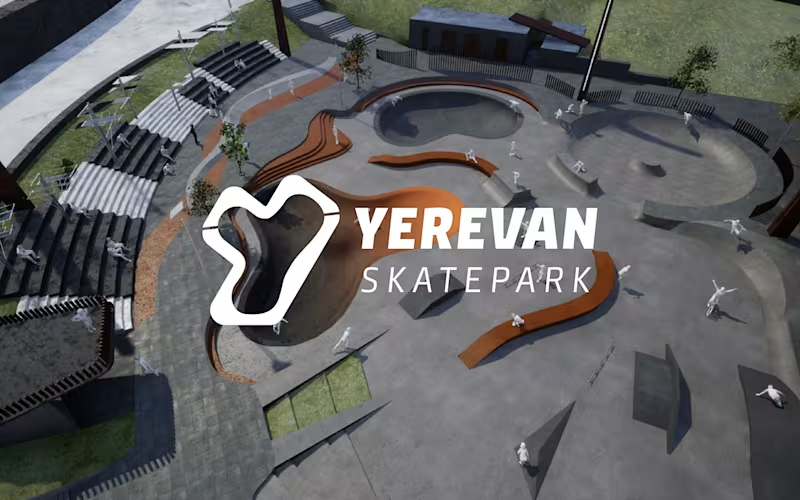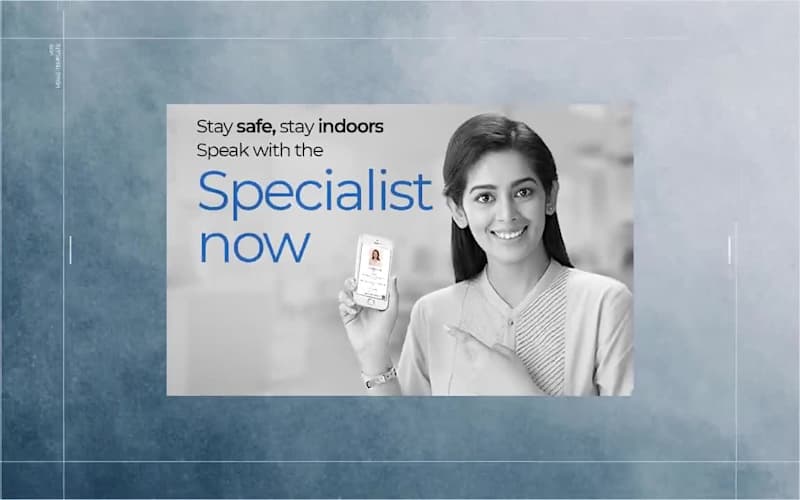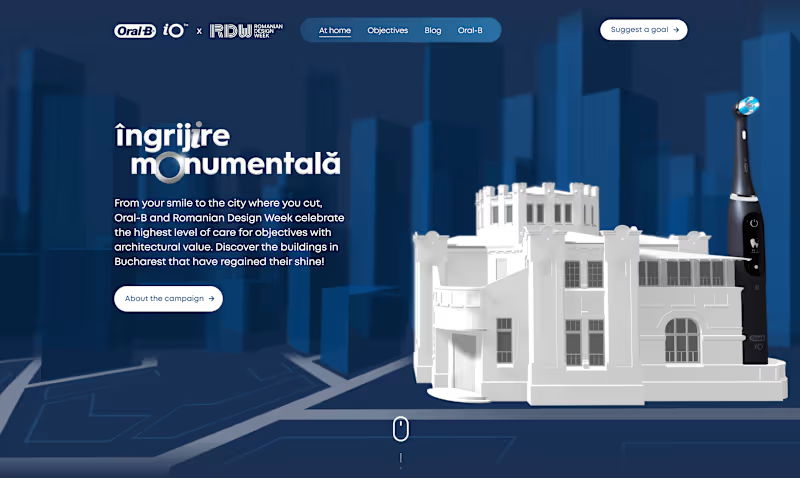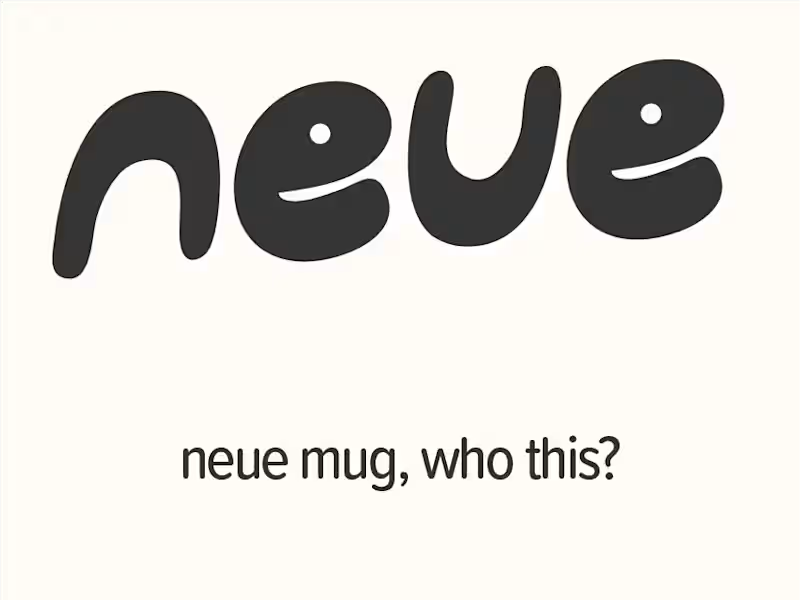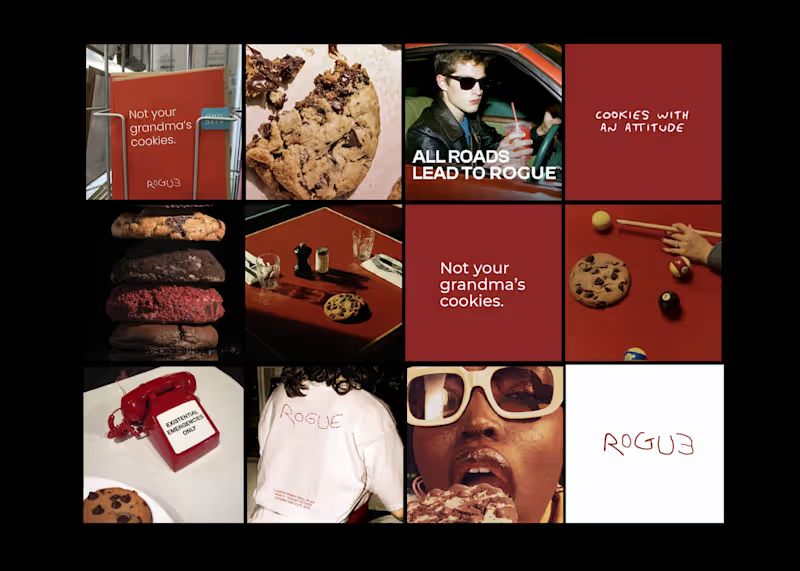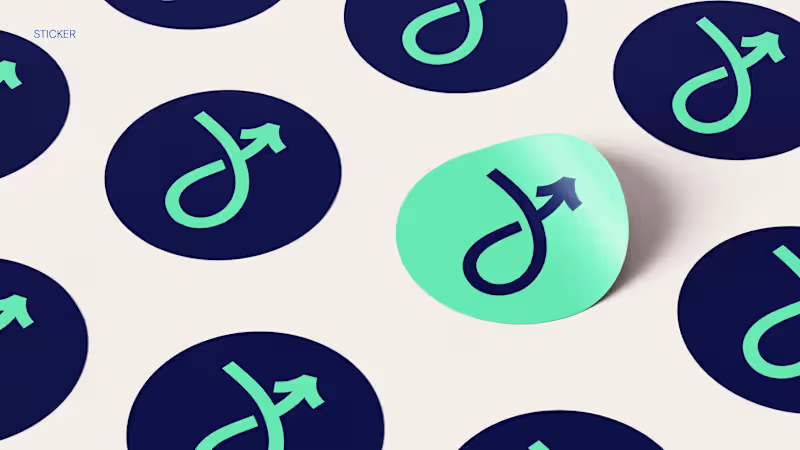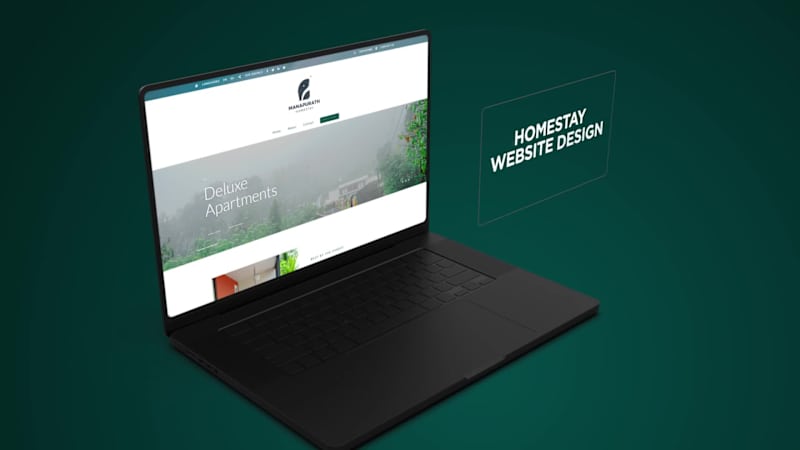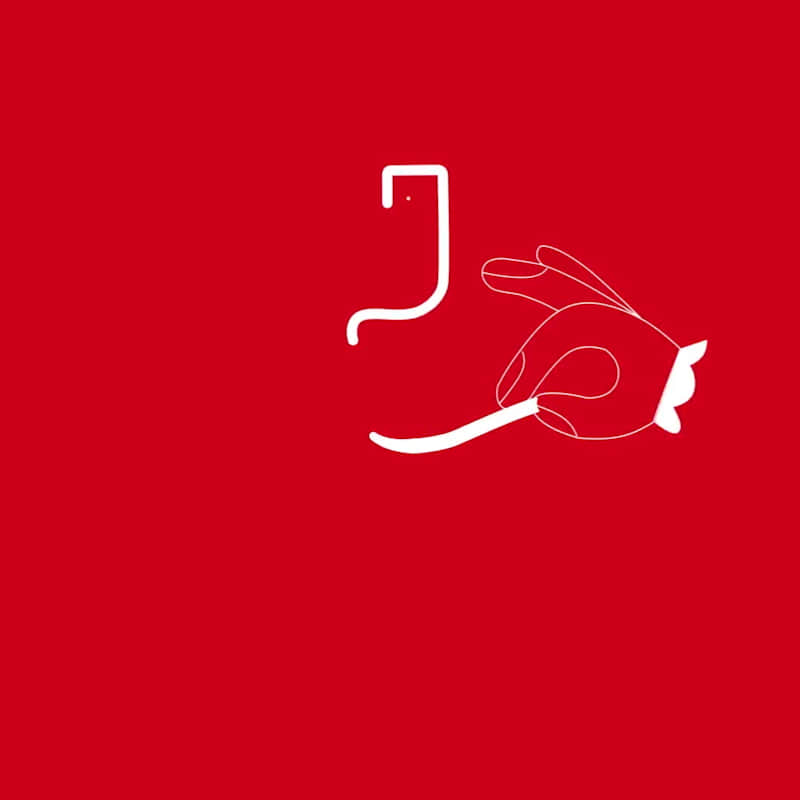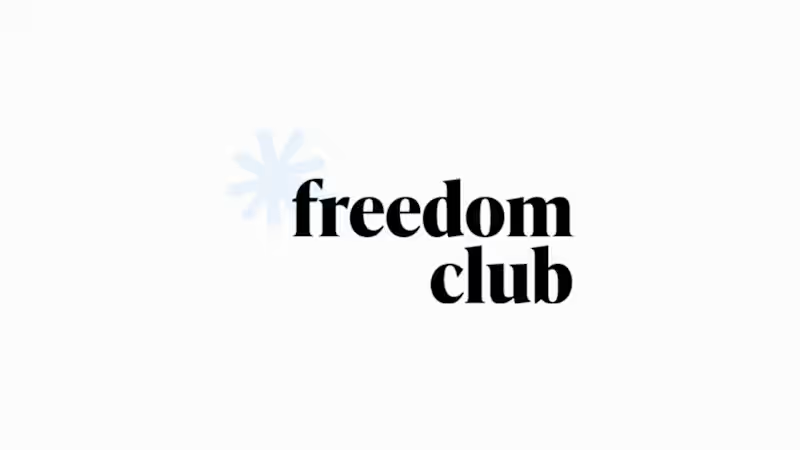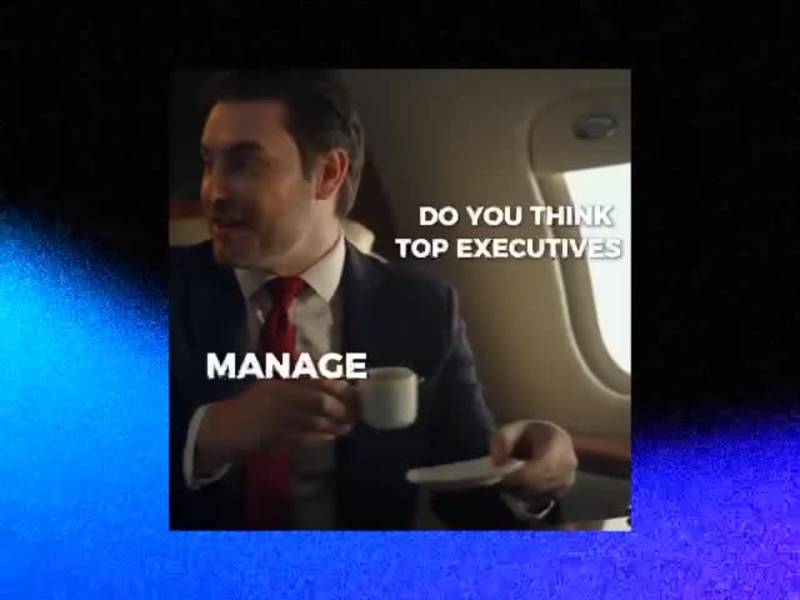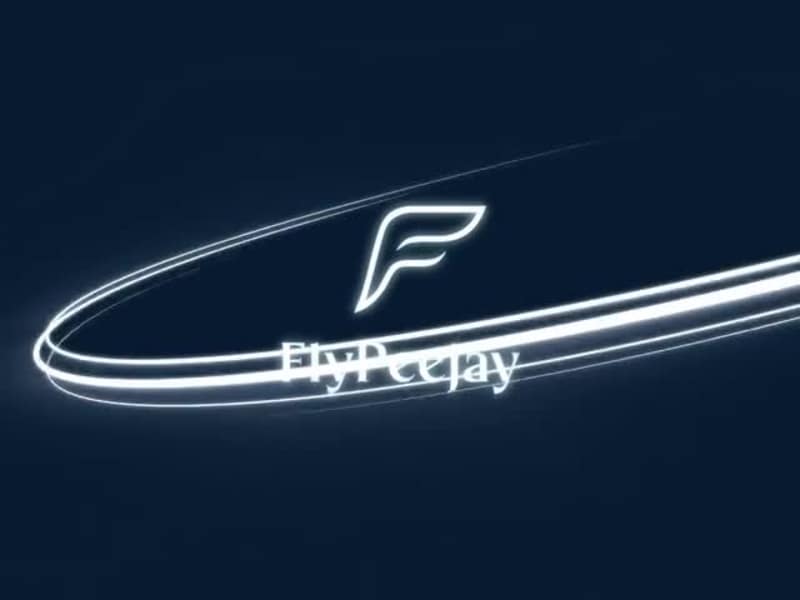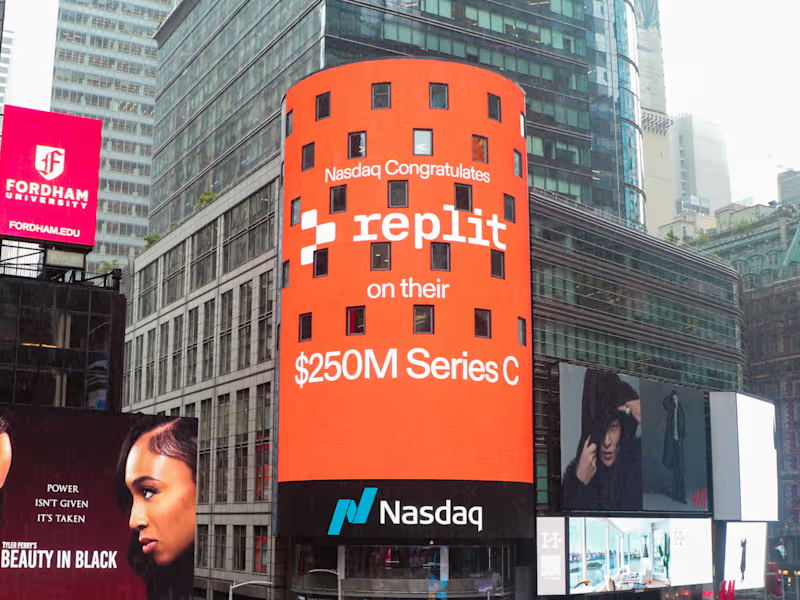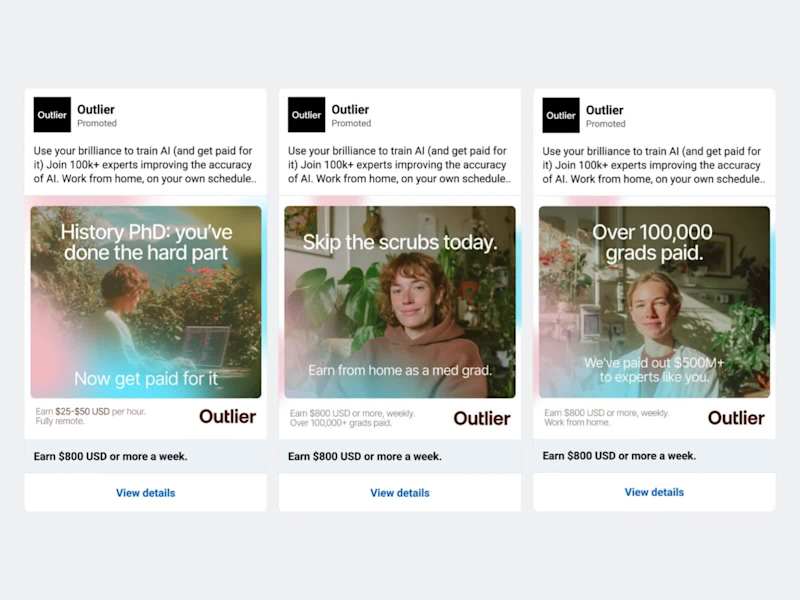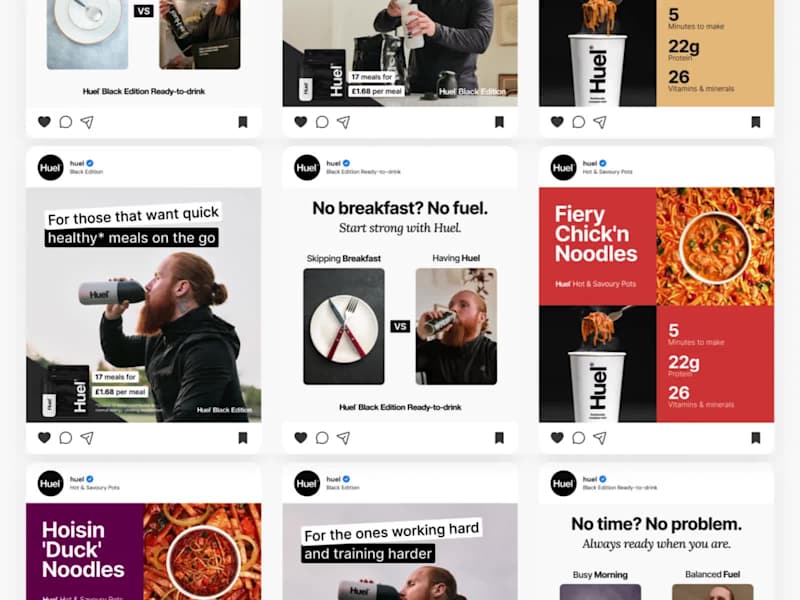What should I include in my project brief to help a freelance graphic designer understand my needs?
To hire a good graphic designer, start with a clear project brief. Include details about your brand, the goals of your project, and who your audience is. Share examples if possible so the designer can understand your style and expectations. Be clear about deadlines and any specific materials or formats you need.
How can I evaluate a graphic designer’s previous work to see if they're a good fit for my project?
Look at the graphic designer’s portfolio to see their style and previous projects. Check if they have worked on projects similar to yours. Notice how creative and unique their designs are and whether their work aligns with your brand's aesthetics. Also, observe how they use colors, fonts, and visuals in their designs.
What questions should I ask myself about my project's timeline when hiring a graphic designer?
Think about when you need the project to be completed. Consider all stages from drafts to revisions before the final design. Make sure your timeline aligns with the designer’s availability. Plan for buffer time in case any changes are needed during the design process.
How can I ensure the graphic designer understands my brand’s visual identity?
Share your brand guidelines with the designer, if available. Show them examples of past work, like marketing materials or product designs. Tell them about your brand's values and how you want it to be perceived. Clear communication ensures they create designs that resonate with your brand's identity.
What deliverables should I discuss with the designer before the project starts?
Discuss all deliverables you need, like logos, brochures, or social media graphics. Be specific about formats like PDFs, PNGs, or vector files. Let the designer know what you'll use the designs for, like digital or print. Clear agreement on deliverables helps avoid misunderstandings.
How do I decide on the best communication methods and frequency with a freelance graphic designer?
Choose a communication method that works for both you and the designer, like email or video calls. Decide on how often you wish to have updates or meetings. This helps keep the project on track and allows for timely feedback. Consistent communication ensures smooth collaboration and progress.
What should I consider when setting milestones to track the progress of my project?
Identify key stages in the design process, like initial drafts, revisions, and final approval. Set realistic deadlines for each phase and communicate these with the designer. Milestones help monitor progress and ensure timely delivery. They also provide opportunities for feedback and adjustments if needed.
How can feedback be provided effectively to ensure the design meets my expectations?
Provide clear and constructive feedback on drafts or samples. Be specific about what you like and what needs improvement. Encourage open dialogue, so the designer feels comfortable asking questions. Effective feedback helps the designer create a final product that meets your needs and vision.
What should I clarify about rights and usage of the final designs with the graphic designer?
Discuss and agree on the rights to use and modify the designs. Clarify if you will own the designs outright or if the designer retains some rights. Make sure any agreements are documented to avoid confusion later. Clear terms on usage rights ensure you can use the designs as needed for your business.
Who is Contra for?
Contra is designed for both freelancers (referred to as "independents") and clients. Freelancers can showcase their work, connect with clients, and manage projects commission-free. Clients can discover and hire top freelance talent for their projects.
What is the vision of Contra?
Contra aims to revolutionize the world of work by providing an all-in-one platform that empowers freelancers and clients to connect and collaborate seamlessly, eliminating traditional barriers and commission fees.
People also hire
Explore projects by Arabic-speaking Graphic Designers on Contra
Top services from Arabic-speaking Graphic Designers on Contra
Adobe Illustrator
Graphic Designer
Brand Design
+5
Visual Identity (Full package)
Contact for pricing

Adobe After Effects
Brand Design
Art Director
+5
The Brand Identity Starter Pack 😎
$1,500

Adobe Illustrator
Advertisement Designer
Ad Copywriter
+5
Paid & Organic Ad Design That Grabs Attention & Converts
Contact for pricing
